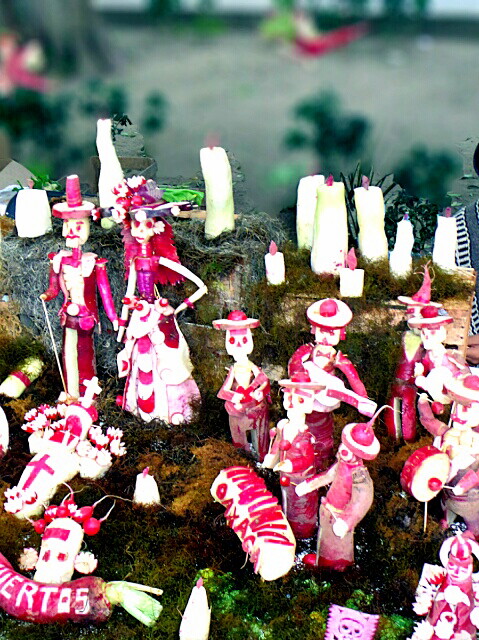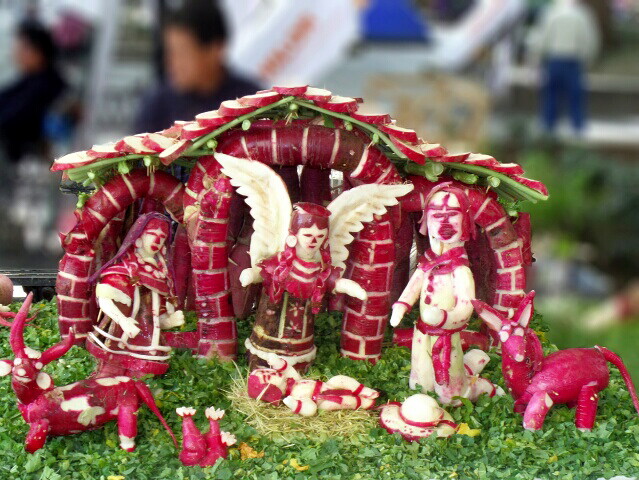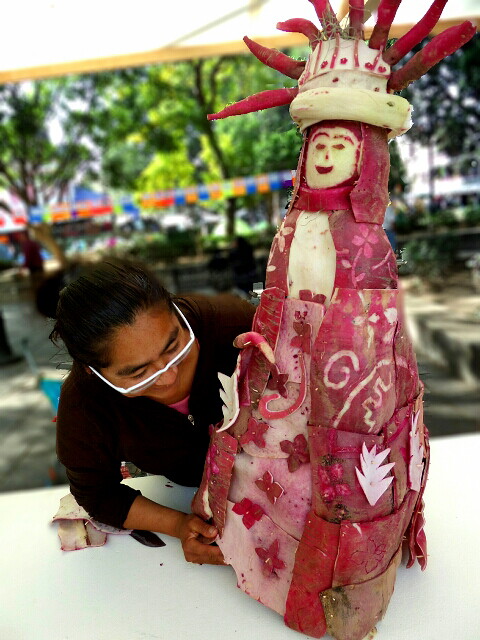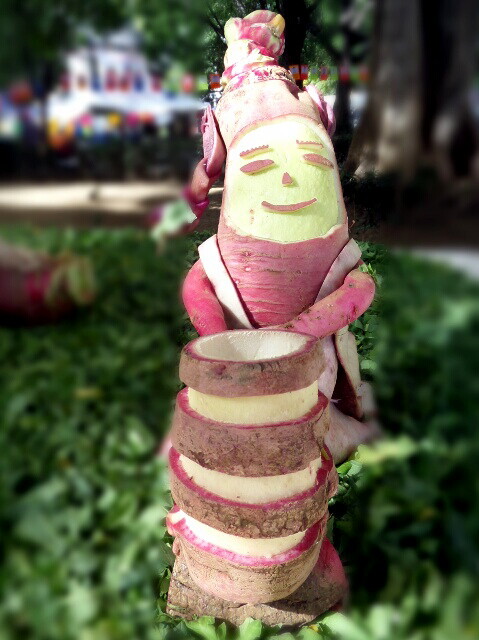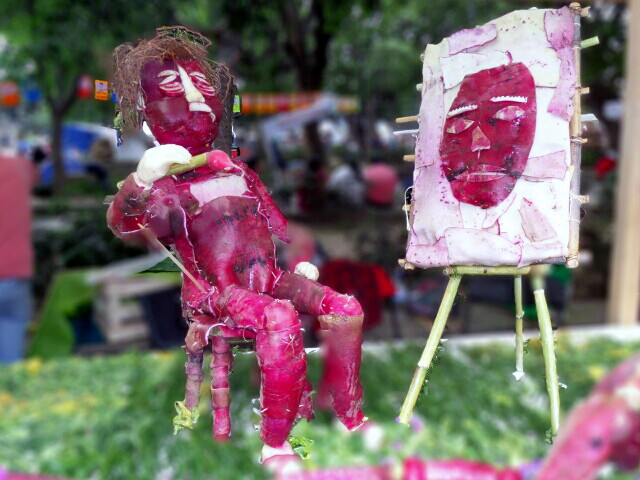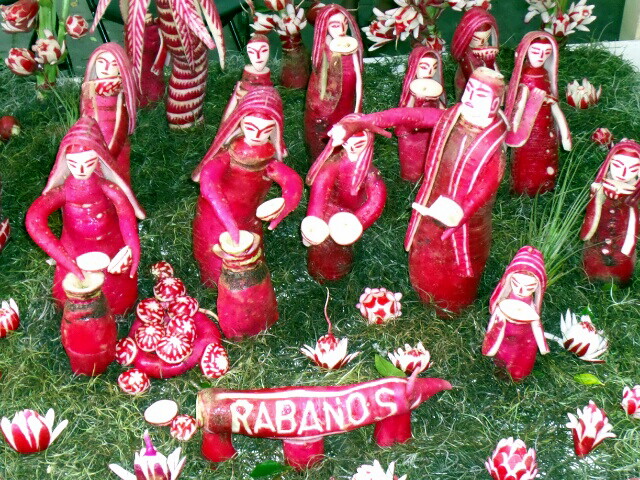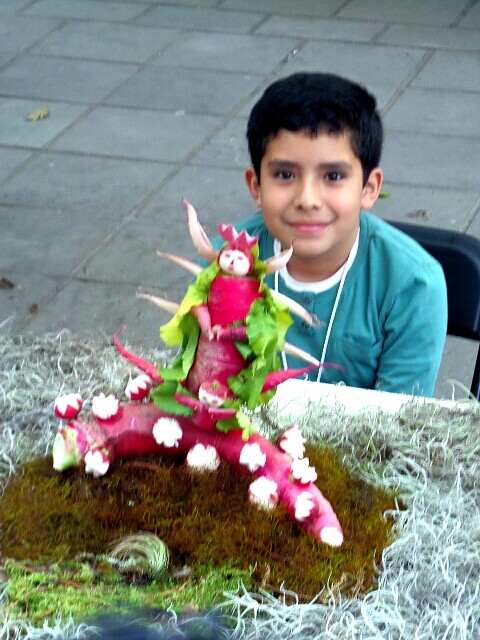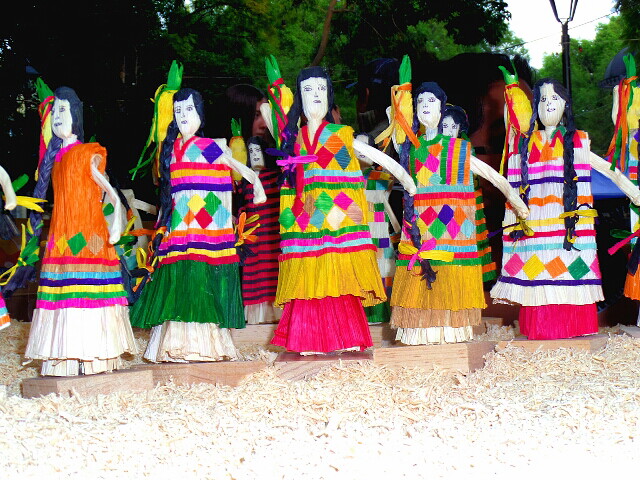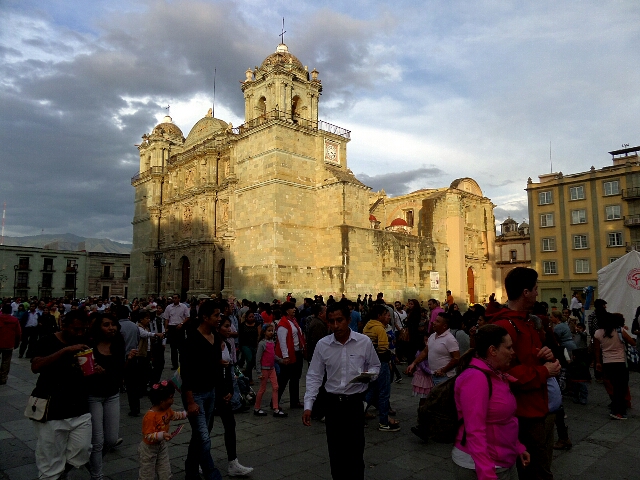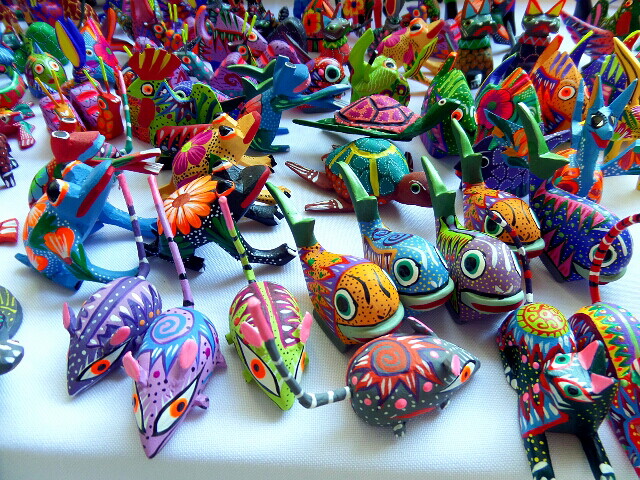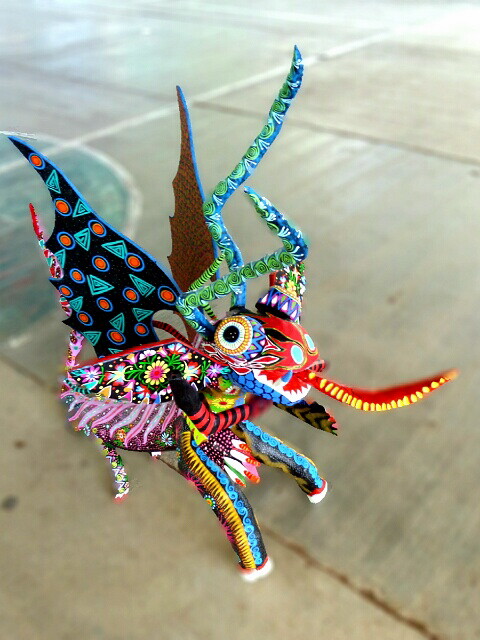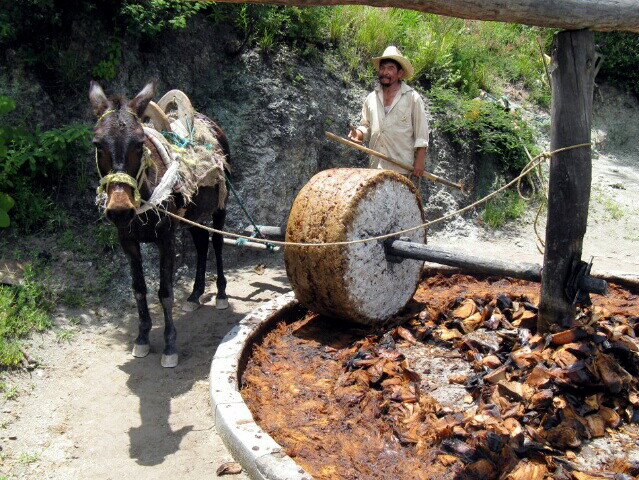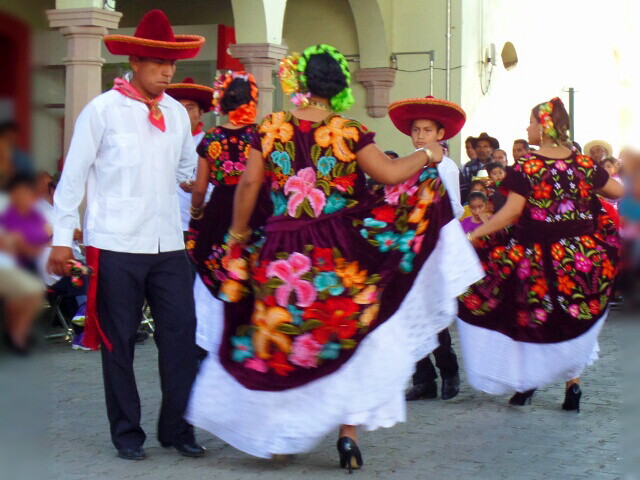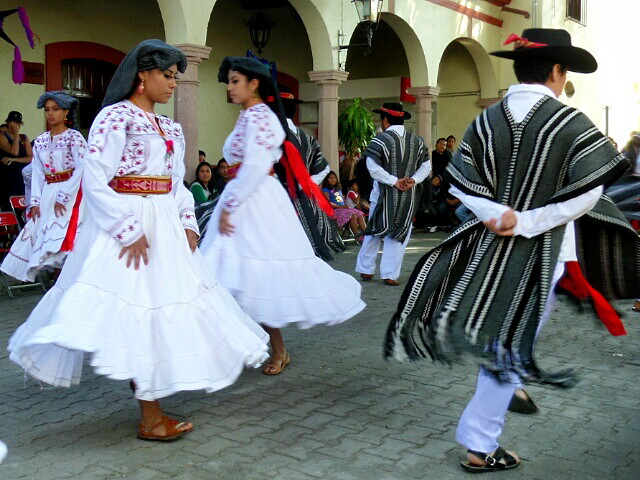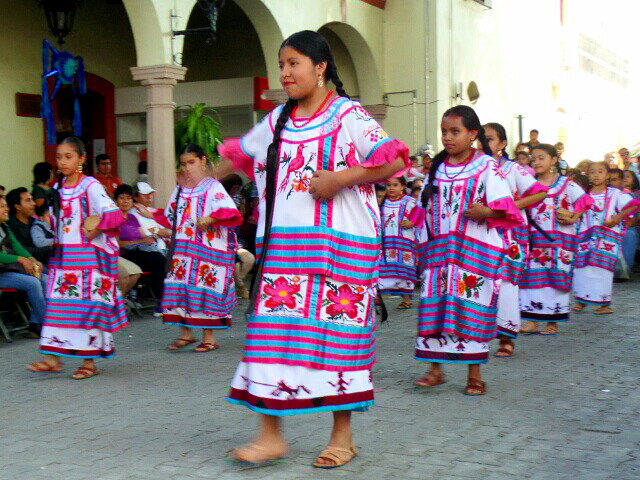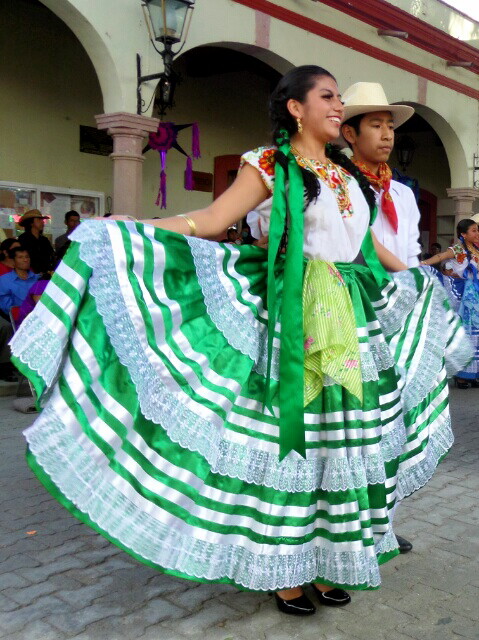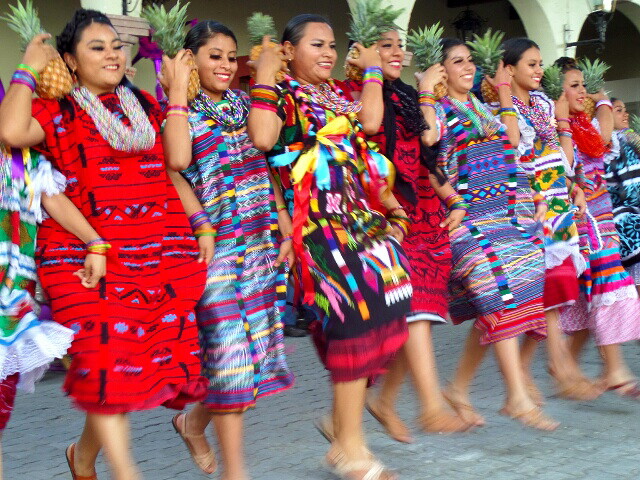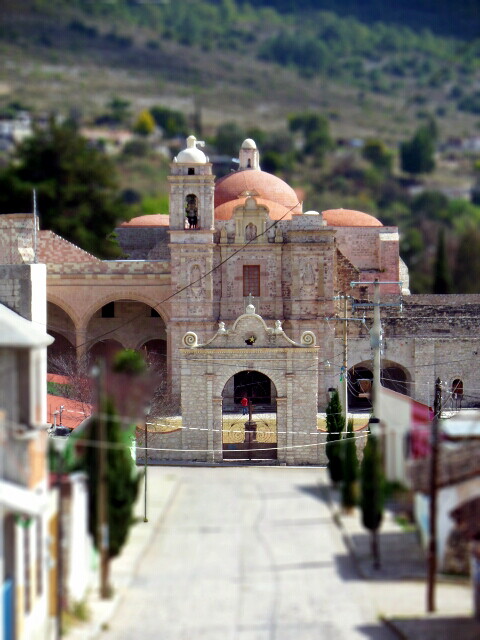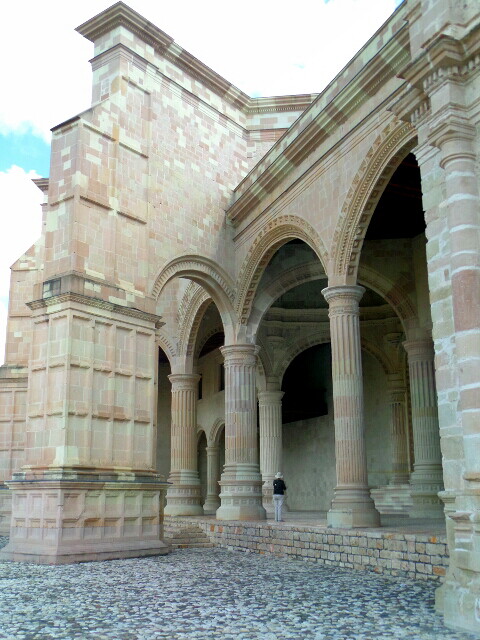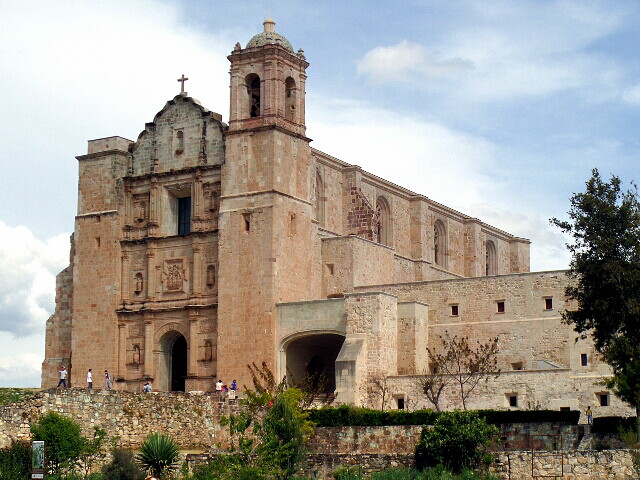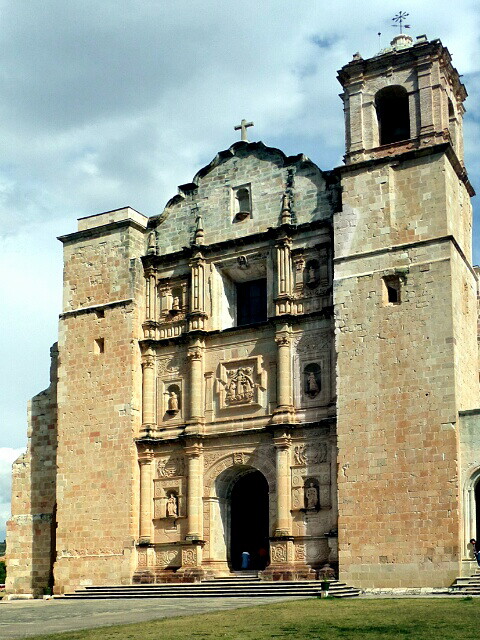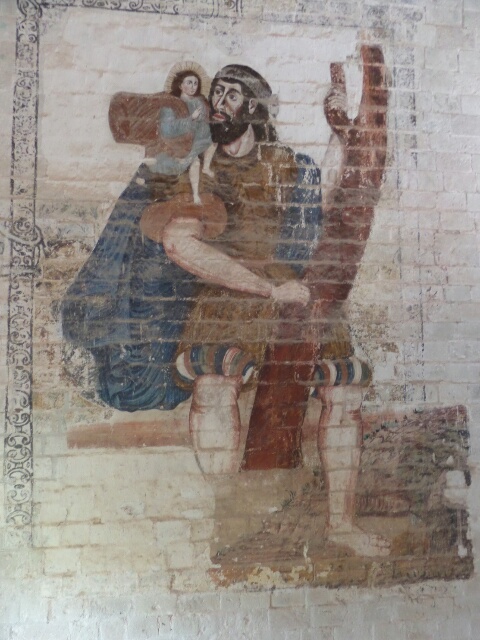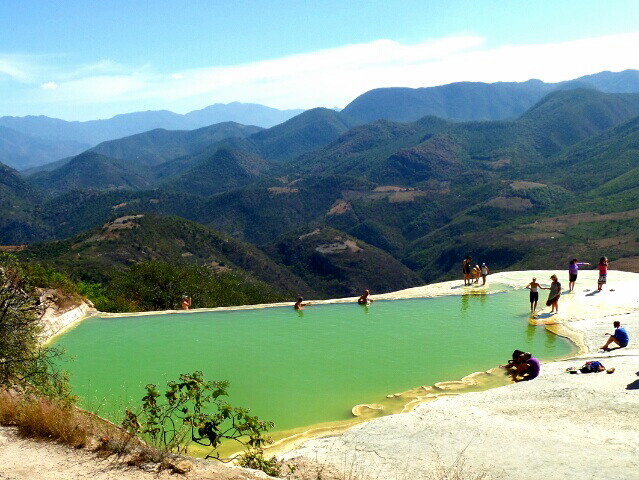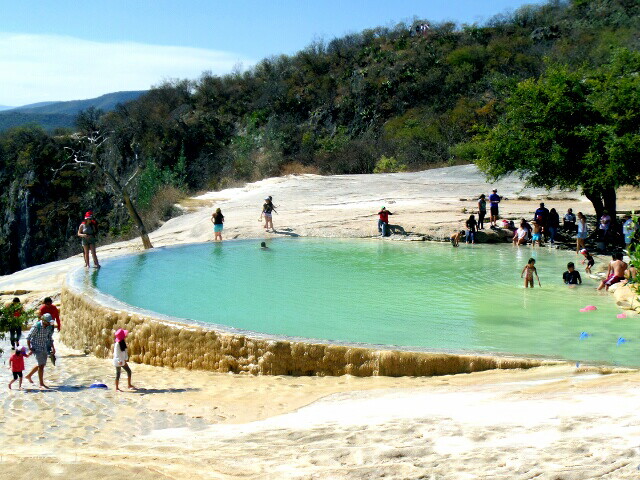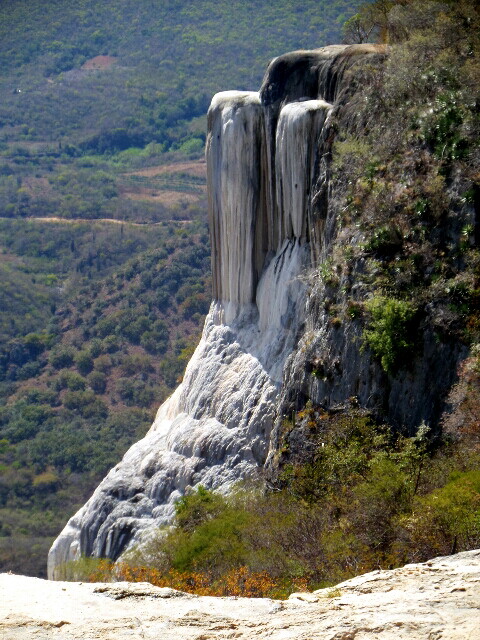The historic center of Oaxaca [11], established 1529 and World Heritage, is a fine example of 16th century colonial city town planning with iconic architecture displaying a tradition of more than four centuries. You can see our pictures of Oaxaca and around from 2011 by clicking the links.
But this time we came to Oaxaca to see the Night of the Radishes which is held in the Zocolo (main square) on December 23. Giant radishes, specially grown for the event, are carved into human and other figures. Its an amazing spectacle attracting thousands. Somehow we got sent to the front of the queue.
Alebrijes are brightly colored Oaxacan-Mexican folk art sculptures of fantastical creatures. In the 1930s, Pedro Linares fell very ill and while unconscious, he dreamt of a strange place resembling a forest. There, he saw trees, animals, rocks, clouds that suddenly turned into something strange, some kind of animals, but, unknown animals. He saw a donkey with butterfly wings, a rooster with bull horns, a lion with an eagle head, and all of them were shouting one word, “Alebrijes”.
Today, mezcal is still made in the same way in Oaxaca as it was centuries ago. They say: “para todo mal, mezcal, y para todo bien también” (“for everything bad, mezcal; for everything good also”) – tried it a few times, but like the idea better than the taste!
We went to nearby Tlacolula for its huge Sunday market. It happened to be their first festival of bread and chocolate and we got to make the announcements in English! Surprise, there was a free mini Guelaguetza (traditional indigenous dancing) in the plaza. We loved it.
About 120 kilometers from Oaxaca in the Mixtecs heartland at around 2000 meters, the Dominicans built a series of monasteries in the 1540s. Each had a open chapel (capilla abierta) to allow mass conversions and church services accommodating the indigenous belief that prayer should conducted in the open, not inside.
We made it to 2 of the best preserved – San Pedro y San Pablo Teposcolula, a fabulous religious complex with a magnificent open chapel and one of the most important works of the sixteenth century in New Spain. This chapel had two spaces, one for singers and one for musicians. Santo Domingo Yanhuitlán, erected on a huge pre-Hispanic platform, is an enormous ex Monastery, larger than the Cathedral in Oaxaca and visible for many kilometers.
Hierve el Agua (boiling water) is in a remote area 60 kilometers east of Oaxaca. The water bubbles up from underground. It’s not boiling, it’s cold. Over thousands of years the minerals in the water have formed pools and “petrified waterfalls”.


